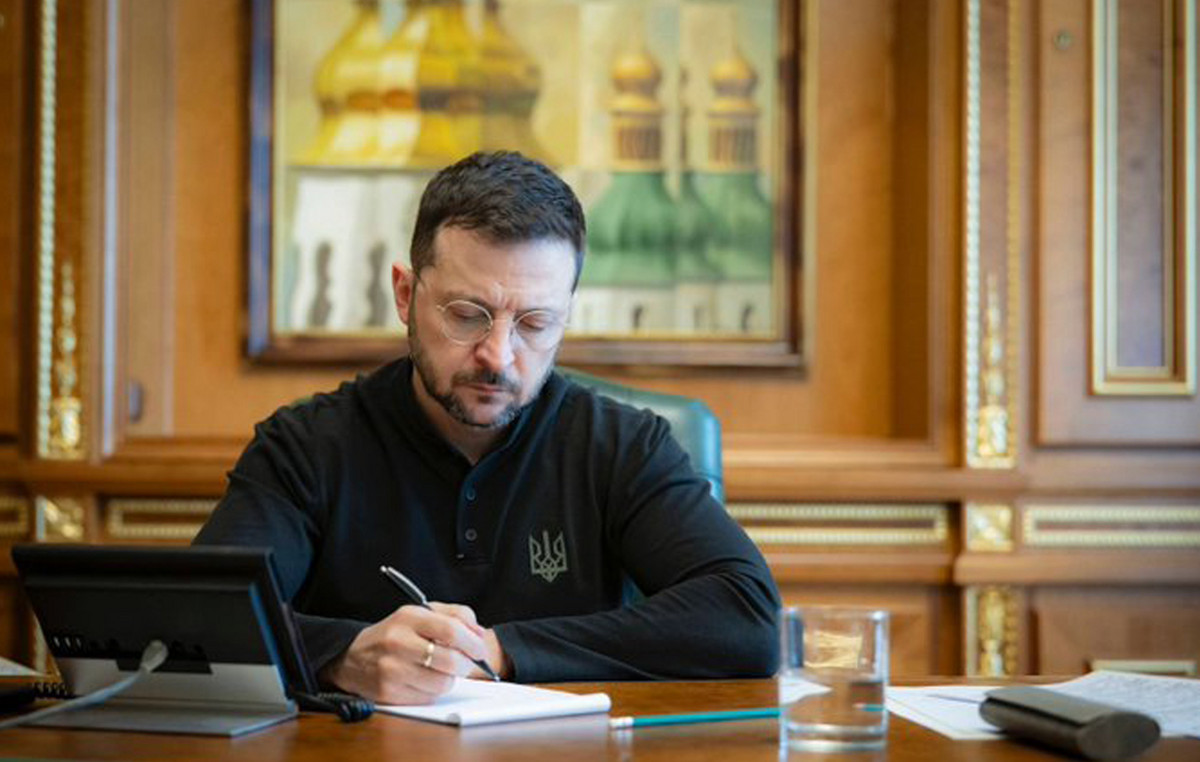It’s a nightmare scenario: the pilot of your flight is incapacitated and someone has to take his place and land the plane. Could you do this?
If your name is Darren Harrison, the answer is yes. The pilot of his flight from the Bahamas to Fort Pierce, Florida (USA), in early May, “went unconscious”, leaving the Cessna 208 aircraft with no one in control.
But with radio help from flight instructor and air traffic controller Robert Morgan, Harrison landed the plane almost perfectly at Palm Beach International Airport.
The incident is just the latest in a series of “instructed” landings of a similar sort, in which a passenger landed a plane safely with the help of someone from the ground or another aircraft.
In 2019, flight student Max Sylvester landed a plane in Australia during his first flying lesson, after the pilot lost consciousness. In 2013, John Wildey, who had served in the Air Force but not as a pilot, safely landed an aircraft in the North East of England and after a few unsuccessful attempts. And in 2012 in Wisconsin (USA), 80-year-old Helen Collins, who had some piloting experience, successfully landed the plane her husband was flying before he passed out.
There is a common thread in these events: they all involved Cessna aircraft. These small planes are the best choice in flight schools as they are robust and relatively intuitive to control and as a result have become popular with flying enthusiasts.
Fundamentally, they only require one pilot, while larger planes have two or more. If one of them is incapacitated, the other simply takes over. In 2009, a Boeing 777 landed safely after one of the pilots died during a transatlantic flight, and the remaining two took over the controls.
chilling precedent
According to Douglas Moss, flight instructor and former United Airlines pilot, while it is very difficult to land a plane without experience, it is definitely possible given certain conditions, as the events above demonstrate.
First, a motivated person who realizes he is in a life-or-death situation. Second, the help of a flight instructor on the radio to guide them through every step. And finally, some natural talent for controlling a mechanical device.
“For example, being able to quickly adapt and understand the relationships between the plane’s flight control devices, such as the rudder and throttle controls, and their aerodynamic responses,” says Moss. But if any of those conditions are missing, he adds, things can get ugly.

On larger planes, such as those used for commercial flights, however, even this “ideal” scenario may fall short, according to Patrick Smith, an airline pilot with experience with Boeing 767 aircraft and author of the popular book and blog “Ask the Pilot”. ”.
Smith believes that a person with no flight experience taking the controls of a passenger plane at altitude would have no chance of a successful outcome. “A non-pilot would have no idea how to operate the communication radios, let alone fly and land the jet,” he says.
No passenger has ever landed a commercial airliner, but that’s mainly because no one has ever had to try.
“The closest example of this occurred several years ago in Greece, when a flight attendant, who was also a pilot student, took control of a 737 after the rest of the crew and passengers were incapacitated due to pressurization. He couldn’t do anything; the plane ran out of fuel and crashed.”
Smith refers to the 2005 crash of Helios Airways Flight 522, which killed all 121 on board. Flight attendant Andreas Prodromou remained conscious using an oxygen cylinder, but only gained access to the cabin minutes before the engines died.
A slightly more favorable scenario would be one in which the plane was already configured for landing and aligned with the runway, and not at cruising altitude. “The odds are still heavily stacked against you, but the results vary from person to person and plane to plane,” says Smith.
trust help
Smith reckons that flight simulation programs, like the popular Microsoft Flight Simulator, can give him an edge.
“A skilled enough user might be able to save the day. But even the most advanced simulators are not entirely realistic. The tricky thing is in the details – there are switches, sequences and quirks of systems that you don’t see in them, but can make a life-or-death difference.”
For those who want to plan ahead, the internet is full of resources on how to land a plane, including an entry titled “How to land a plane in an emergency” in the popular wikiHow how-to guide, as well as video tutorials, which can inflate your mind. anyone’s trust.

A psychological study from the University of Waikato in New Zealand showed that simply watching a four-minute YouTube video of two pilots making an emergency landing in a mountainous area makes people feel better equipped to do it themselves.
“Despite telling us they know that landing a plane takes a lot of experience, people who watched the video were 28.6% more confident in their ability to land a plane without dying than people who didn’t,” says Kayla Jordan , one of the authors of the study.
That’s because when people learn just a little about a complex task, Jordan says, their confidence in their performance increases rapidly, a phenomenon known as the Dunning-Kruger effect. In the study, this confidence bias appears to be worse in men than in women.
“Regardless of whether they watched the video or not, we found that men were more confident in their ability to land the plane than women by about 12%,” says the researcher. “This finding is in line with existing work that men tend to be more confident in their knowledge and skills than women, even in a high-risk environment.”
There’s a simple way to test that misplaced confidence and accurately verify that a novice can actually land a plane, according to Smith: Use a professional flight simulator, the kind airlines train their pilots with.
“Put a person in a real airplane simulator in full motion at 35,000 feet, unaided, and watch what happens,” he says. “It won’t be pretty.”
Source: CNN Brasil
I’m James Harper, a highly experienced and accomplished news writer for World Stock Market. I have been writing in the Politics section of the website for over five years, providing readers with up-to-date and insightful information about current events in politics. My work is widely read and respected by many industry professionals as well as laymen.







